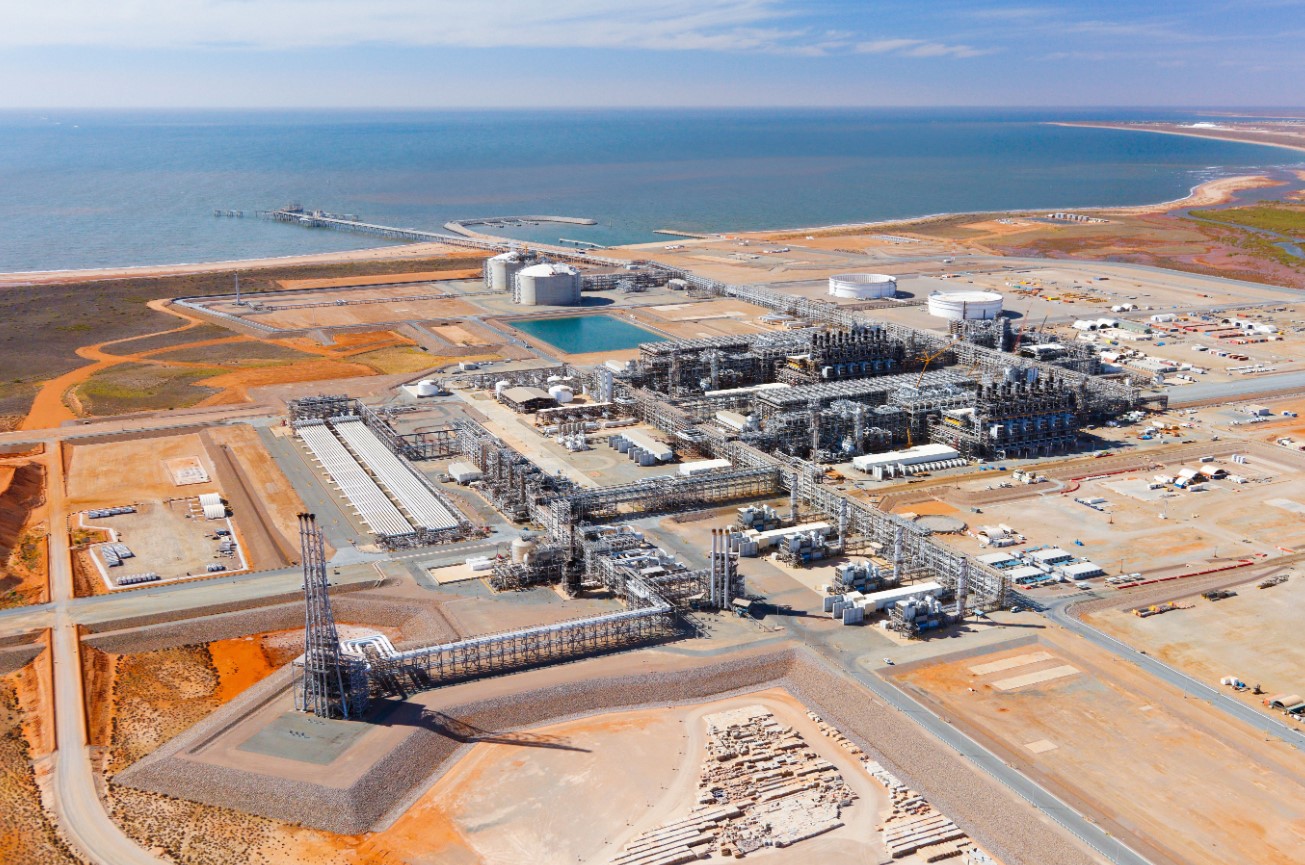Chevron and Woodside are in talks with unions as they work to avoid strikes that could affect operations at the North West Shelf, Gorgon, and Wheatstone LNG projects in Western Australia.
These three projects have a combined capacity of about 40.8 million tonnes of LNG per year, or some 10 percent of the global LNG imports in 2022.
Most of the LNG supplies from these plants are landing in Japan and South Korea.
However, news of potential strikes at the three LNG terminals boosted the Dutch TTF price by 28.2 percent to $12.881 per MMBtu on Wednesday, according to several reports.
NWS
Australian LNG player Woodside operates the North West Shelf LNG terminal in the Pilbara region of Western Australia.
The plant has five LNG trains, launched between 1989 and 2008, with a capacity of 16.9 million tonnes per year and most of these volumes supply customers in Japan. It also has domestic gas trains, condensate stabilization units, and LPG units.
Australia’s oldest LNG plant has been liquefying gas from fields located off the north-west coast of Australia since 1989.
The project includes the North Rankin complex, Goodwyn A platform, and the Angel Platform.
According to Offshore Alliance, its members on the GWA, NRC, and Angel platforms have voted 99 percent in favor of protected industrial action in support of its enterprise bargaining agreement campaign.
“Following closure of the ballot yesterday, protected industrial action can be commenced within a 30-day window, upon Woodside receiving seven working days’ advance notice. We are continuing to hold regular meetings,” a spokeswoman for Woodside told LNG Prime on Thursday.
She said that Woodside has been in a bargaining process since April with the Australian Workers’ Union and the Electrical Trades Union relating to the offshore workforce on the platforms.
“Positive progress is being made and the parties have reached an in-principle agreement on a number of issues that are key to the workforce,” the spokeswoman said.
She said that the company’s employees “have demonstrated willingness over a number of years to work constructively with us to resolve issues and, despite the protected action ballot outcome, we are hopeful that this approach will continue.”
“As part of normal business planning, we have contingency plans to deal with challenges such as cyclones, pandemics, and a range of other potential disruptions. We hope that activating these plans will not be necessary,” the spokeswoman said.
Gorgon and Wheatstone
The Gorgon LNG plant on Barrow Island has three trains and a production capacity of some 15.5 mtpa, while the Wheatstone LNG plant near Onslow has a capacity of about 8.9 mtpa.
Chevron operates both of these LNG terminals.
“We are aware that the AWU and CEPU have made two applications each to the Fair Work Commission (FWC) for a protected action ballot order in respect of the Gorgon and Wheatstone downstream facilities respectively,” a Chevron spokesperson told LNG Prime.
The spokesperson said that the company is reviewing the applications and awaits the FWC’s determination.
“We will continue to engage our employees and their representatives as we seek outcomes that are in the interests of both employees and the company,” the spokesperson said.
The FWC has 2 days to determine the applications, and if granted, there will be a 10-day period for workers to vote.

